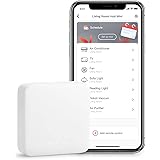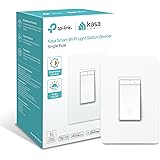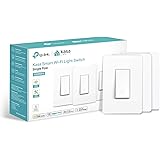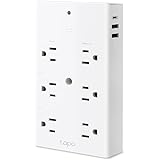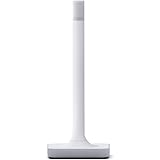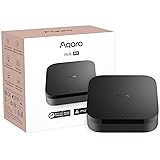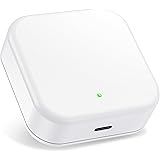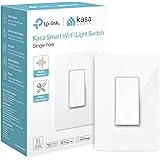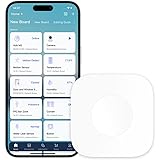Home automation enables the seamless integration of technology into everyday household activities, facilitating convenience and efficiency in domestic environments. By integrating the ESP32 microcontroller with a relay module and LCD display, this project facilitates user control via a simple and robust Android application, promoting an innovative approach to advanced home management. This home automation system offers a wide range of benefits, including the ability to remotely monitor and control household appliances, scheduled operations, and integration with various sensors. Additionally, the system supports scalability, enabling users to add additional functionality and devices in the future.
The ESP32 microcontroller acts as the brain of this IoT-based home automation system, communicating with an Android app over Wi-Fi. It receives commands from the app that trigger GPIO pins to turn on or off connected devices. It also sends status updates back to the app, ensuring that the system always has the most recent information regarding its state and device-related operations.
In addition to the ESP32, this system includes a relay module, an LCD display, and various sensors. The relay module translates the low-power signals sent by the ESP32 into higher-power signals capable of controlling household appliances. It also contains a bridge rectifier circuit, which reduces the input voltage of 220 V AC to 24 V DC. Finally, it includes an LED, which acts as a power indicator and provides real-time feedback on the status of the system.
The sensor modules are used to detect changes in environmental conditions, such as temperature and humidity. The ESP32 then responds by triggering the appropriate output devices. For example, if the temperature drops below the desired setting, the system can automatically turn on a heater to warm up the house. Similarly, if the humidity is too high, the ESP32 can turn on the fan to remove excess moisture from the air.
The ESP32 microcontroller can also be programmed to initiate automatic processes based on predefined schedules or user preferences. It can also act as a smart energy manager, monitoring and responding to incoming data from sensors. This system is ideal for use in residential settings, where it can be used to automate lighting, heating, and cooling systems to improve comfort and save on energy costs. It can also be applied to commercial spaces, where it can monitor and control office equipment to increase productivity and efficiency. It can even be utilized in healthcare facilities, where it can monitor and control medical devices to ensure optimal patient care.
